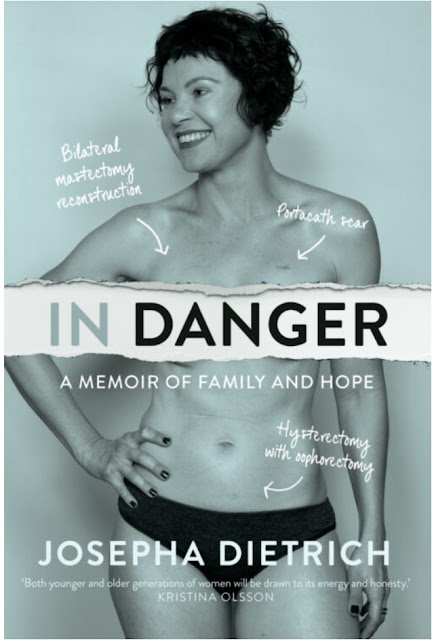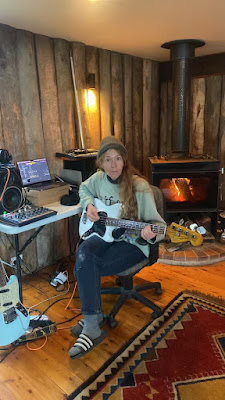 |
| Catherine Polcz |
Catherine Polcz is a curator, artist and creative producer, living on Gadigal Land in Sydney. Her work creates connection to plants, nature and climate. She curated Powerhouse Museum’s 100 Climate Conversations, a winner of the 2023 Australian Museums and Galleries Award for Interpretation, learning and audience engagement. Her career started in ecology and she holds degrees in Environmental Science and a Masters in Plant Science. She is the host and producer of the podcast Plant Kingdom, which features conversations about the living world - plantkingdom.earth. She has worked professionally in the cultural sector at Powerhouse Museum, Botanic Gardens of Sydney, Royal Ontario Museum (Toronto) and Redpath Museum (Montreal). She was a founding member of the peer network Sydney Cultural Institutions for Climate Action, which brings together professionals across institutions to share projects and leverage knowledge in the area of climate action.
 |
Catherine Polcz, cover art for conversation series Plant Kingdom |
"During my residency at Gunyah, I plan to explore and experience the plants of the area, to draw inspiration for my environmentally engaged practice. I will also research and develop my new short environmental film series, and continue work on my audio project Plant Kingdom, a series of conversations about plants and people who love them, which is released as a podcast."
 |
Catherine Polcz, Weed Herbarium, 2018, Human/Nature exhibition, Airspace Projects |
You can follow Catherine Polcz on Instagram @cpolcz and @plantkingdom.earth, listen to her podcast plantkingdom.earth and go to catherinepolcz.com to find out more about her practice.
 |
100 Climate Conversations, curated by Catherine Polcz, The Powerhouse Museum, 2022-2024 |



























